Mulligans
General Mulligans
Wild Pyromancer and Armorsmith are pretty much always an important part of your strategy against most decks. These cards are the spiritual centerpiece of the deck and are solid keeps regardless of the match-up.Aggro Mulligans
Against aggro, you want to get your Pyromancer shenanigans underway as soon as possible to keep the enemy board in check. Having an Armorsmith along for the ride provides double-duty protection, and Ravaging Ghoul can foot the bill when you don't have a Pyromancer or the ability to activate it.
Control Mulligans
Against control, you want to exploit the early game lull to build up a nice stockpile of armor, allowing you to Shield Slam big targets and providing a buffer zone of damage mitigation as the late game gets underway. Drawing cards is also vital, so Acolyte is usually a safe keep.
This deck started out with the goal of making Explore Un'Goro work, utilizing it to power Wild Pyromancer, Gadgetzan Auctioneer, Arcane Giant and Yogg-Saron, Hope's End. Turns out that “strategy” was pretty awful, but I was having fun with the Wild Pyromancer combos, so I pivoted the deck towards AoE damage and armor stacking. The result is a deck that’s by no means a competitive contender, but is nonetheless incredibly fun to play. Winning is often a challenge, but when you pull it off, it’s far more satisfying than just collecting low-effort victories with a proven meta deck.
The general game plan is to survive to the late game by building up a pile of armor and repeatedly blowing up the opponent’s board. Wild Pyromancer is typically the primary catalyst for this strategy, having the potential to fuel some big combo turns that can wreck the enemy board while stacking armor with Armorsmith and drawing cards with Acolyte of Pain. Along with all the other supplemental cards that generate armor and removal, you should usually be able to make it to the late game.
Once the threat of an early assault is quelled and the mana is flowing more freely, the deck has plenty of ways to start closing out the game. Elise the Trailblazer is a value staple, Grommash Hellscream can often charge for 10 damage on the turn you play him, and King Mosh will usually wipe the enemy board. The Wild Pyromancer tricks can reach a fever pitch in later turns when you have ample spells and the mana to cast them, especially if one of those spells is Commanding Shout. If all else fails, Yogg-Saron, Hope's End is there to give you one last ditch effort at RNGing for the win, taking advantage of the fact that there are 15 spells in the deck.
As I played the deck more and more, I came to realize that it’s usually correct to hold onto your big combo enablers for maximum value a turn or two down the line, rather than playing them out to maintain tempo with the opponent. The vast majority of the deck does little more than buy time (i.e. armor and removal), so it’s extremely important to squeeze as much time out of your combos as you can. The decision of whether or not to use a combo piece now or hold it for later is always a tough one, but with enough experience I’ve begun to get a feel for when it’s safe to wait for a bigger payoff or not.
All in all I’ve had a great time playing and tuning this deck. It’s definitely not one you’d want to pilot on the higher rungs of the ladder, but for Casual play, it’s a unique and satisfying alternative to the traditional styles of Control Warrior.



















/rating_1_on.png)
/rating_2_off.png)
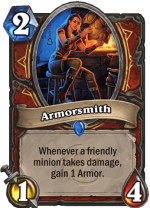
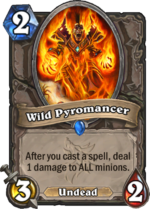
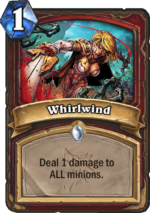
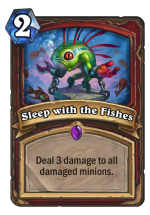
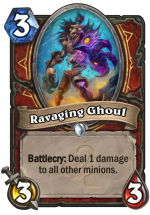
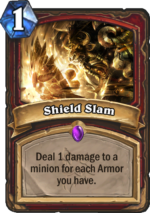
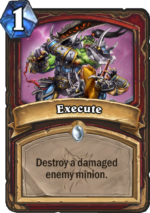
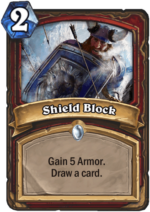
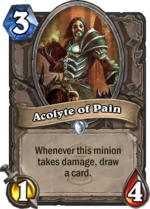
The “As I played the deck more and more” is basically for every combodeck. You propably haven’t played patronwarrior back in the days. The term you re talking about is “playing proactive” instead of “reactive”
Nice deckidea though, won’t be able to try it though